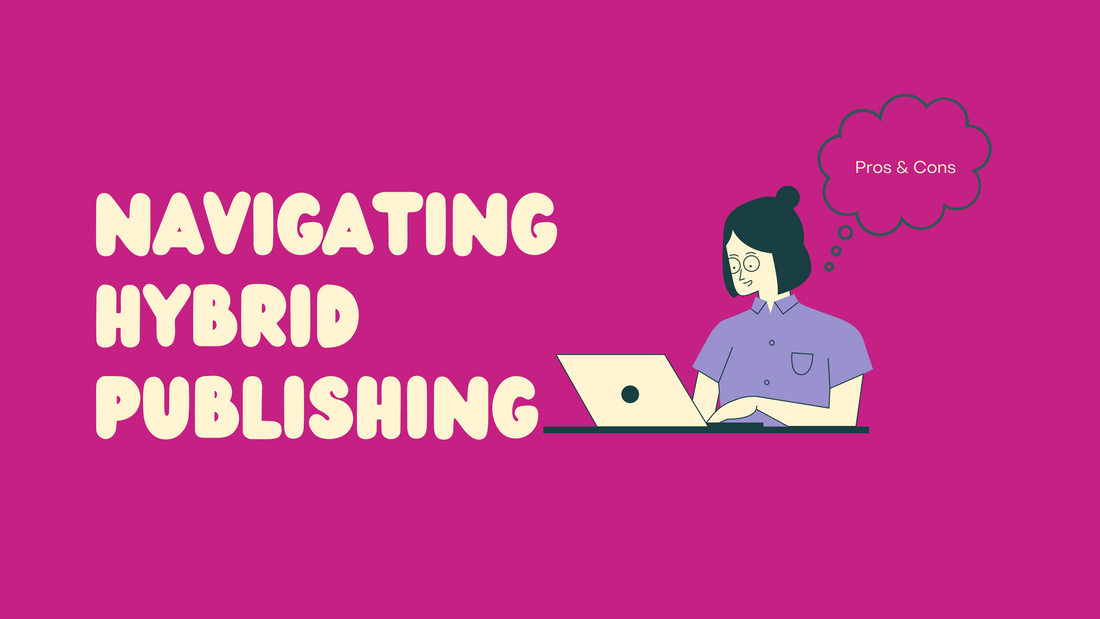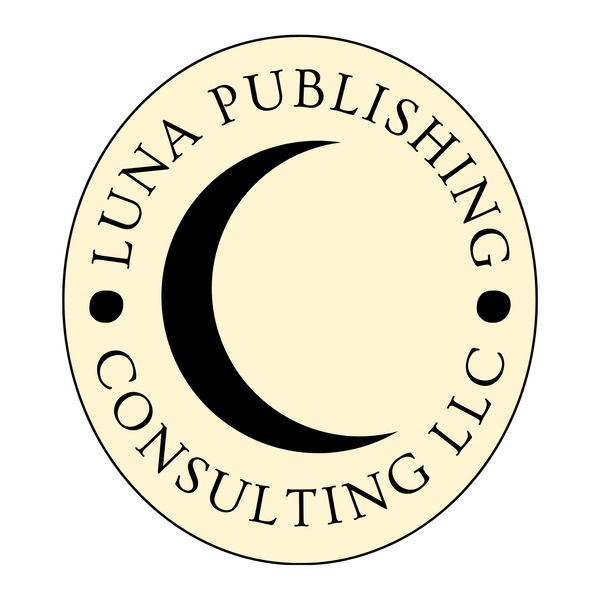
Navigating Hybrid Publishing: Pros and Cons
Share
The publishing landscape is evolving rapidly, and with it comes new models that blend traditional and self-publishing methods. Hybrid publishing is one such model, offering a unique combination of the two. This approach has gained traction among authors seeking the benefits of both worlds. But what exactly is hybrid publishing, and what are its pros and cons? Let's dive into the future of hybrid publishing and explore its benefits and challenges.
What is Hybrid Publishing?
Hybrid publishing is a middle ground between traditional publishing and self-publishing. In this model, authors typically share the financial investment with the publisher and retain more creative control over their work. The publisher provides professional services such as editing, design, distribution, and marketing, similar to a traditional publisher. However, the author often has a more significant say in the process and earns a higher royalty rate compared to traditional publishing.
Pros of Hybrid Publishing
1. Professional Services with Creative Control
One of the most significant advantages of hybrid publishing is the access to professional services. Authors benefit from expert editing, cover design, formatting, and marketing support. Unlike traditional publishing, where the publisher makes most of the decisions, hybrid publishing allows authors to maintain creative control. This means they can influence the final product, ensuring it aligns with their vision.
2. Higher Royalties
In traditional publishing, authors typically earn royalties between 5-15% of the book's sale price. Hybrid publishing, on the other hand, offers much higher royalties, often between 50-70%. This is because the author shares the upfront costs of publishing, which can lead to greater financial returns per book sold.
3. Faster Time to Market
Traditional publishing can be a lengthy process, often taking years from manuscript submission to publication. Hybrid publishing generally has a faster turnaround time. Since authors share the financial risk, hybrid publishers are more incentivized to get the book to market quickly, allowing authors to start earning sooner.
Cons of Hybrid Publishing
1. Upfront Costs
One of the main drawbacks of hybrid publishing is the upfront cost. Authors are required to invest in their work, which can be a barrier for those without the necessary funds. This investment covers services like editing, design, and marketing. While this can lead to higher royalties, the initial financial burden can be significant.
2. Varied Quality of Services
Not all hybrid publishers are created equal. The quality of services provided can vary widely, and some hybrid publishers may not deliver the same level of professionalism as traditional publishers. Authors need to research and vet hybrid publishers carefully to ensure they receive high-quality services.
3. Marketing and Distribution Challenges
While hybrid publishers offer marketing support, the level of assistance can vary. Authors may still need to take on a significant portion of the marketing efforts themselves. Additionally, distribution channels might not be as extensive as those available through traditional publishing, potentially limiting the book's reach.
Conclusion
Hybrid publishing represents an exciting evolution in the publishing industry, offering a blend of professional services and creative control. It provides a viable option for authors looking for higher royalties and faster time to market. However, the model comes with its own set of challenges, including upfront costs and the need for thorough research to find reputable publishers. As the industry continues to evolve, hybrid publishing is likely to become an increasingly popular choice for authors seeking the best of both worlds.
References
- Alliance of Independent Authors. "What is Hybrid Publishing?"
- Writer's Digest. "The Pros and Cons of Hybrid Publishing."
- Reedsy. "How Hybrid Publishing Works."
- The Book Designer. "Understanding Hybrid Publishing Models."
